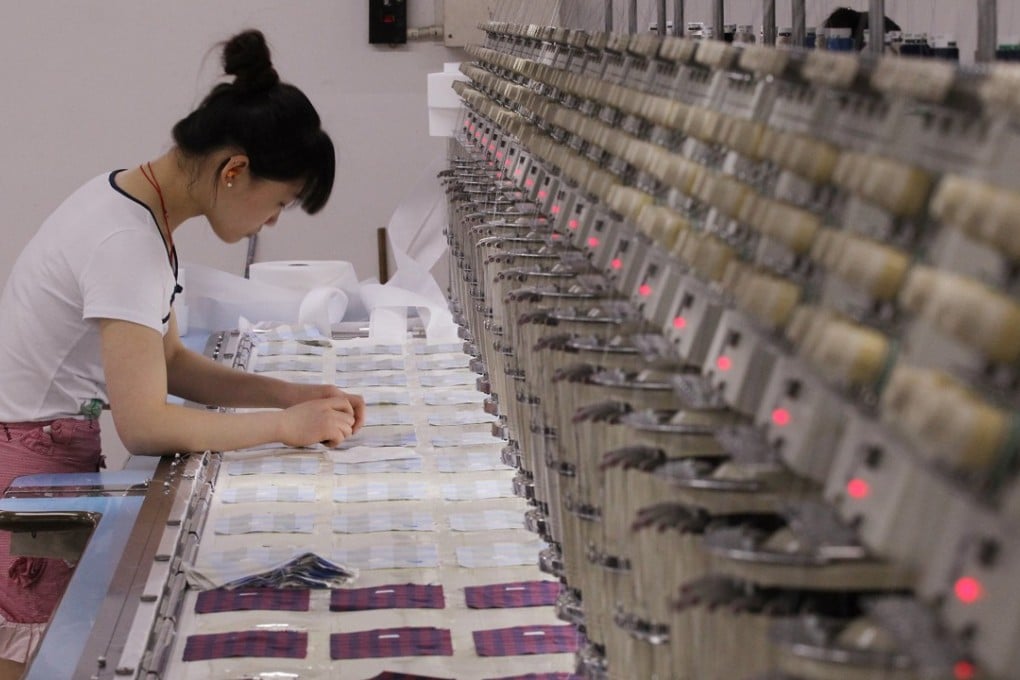Can Chinese manufacturers ever be clean, green and profitable? Garment factories search for the answer
Wastewater recycling is just one ‘innovation’ China’s clothes producers are adopting in a bid to keep pace with buyers’ and government demands

A narrow passageway at the back of a men’s shirt factory in southern China leads to a wastewater treatment facility. The pools and pumps are nothing much to look at, but in many ways they symbolise the fundamental changes taking place in the country’s garment manufacturing industry.
The factory, in Dongguan, Guangdong province, is owned by Hong Kong-based TAL Group, which had the treatment facility built about four years ago at a cost of 10 million yuan (US$1.5 million). Since then, it has helped to reduce water consumption by about 40 per cent.
TAL is not alone in trying to adopt a greener approach to manufacturing. Thousands of Chinese companies are working hard to respond to changing consumer attitudes and tighter environmental laws and regulations.
Dongguan is a city at the heart of China’s labour-intensive manufacturing industry. Not surprisingly, after more than three decades of “dirty” production methods it also has some of the most polluted waterways in the country.
Such is the state of its rivers that the city government last year declared “war on water pollution”, with the promise to clean up all of its “stinky rivers” by 2022.
Despite the success of TAL’s water treatment facility, the factory, which produces dress shirts for brands such as Brooks Brothers, J.Crew, and Burberry, is now the company’s sole presence on the Chinese mainland.